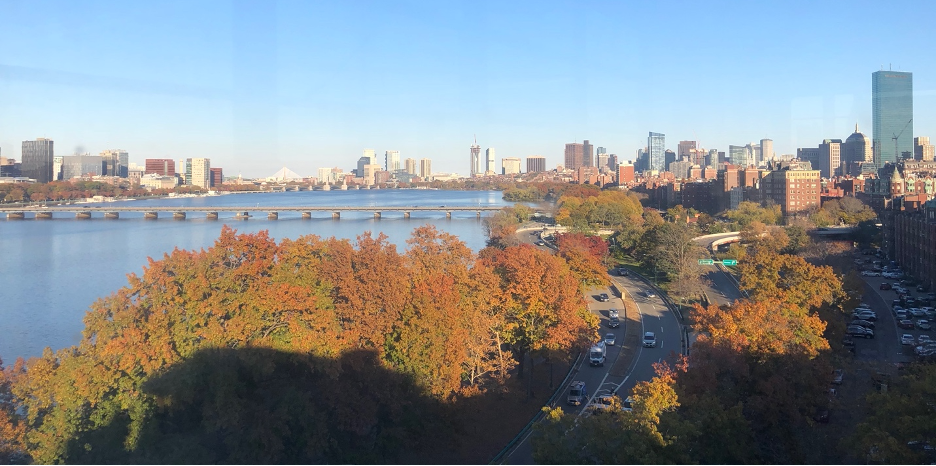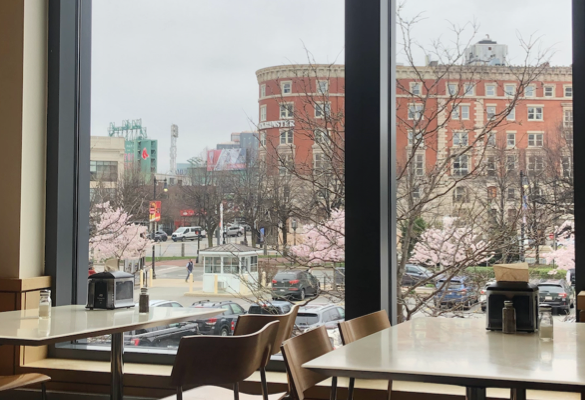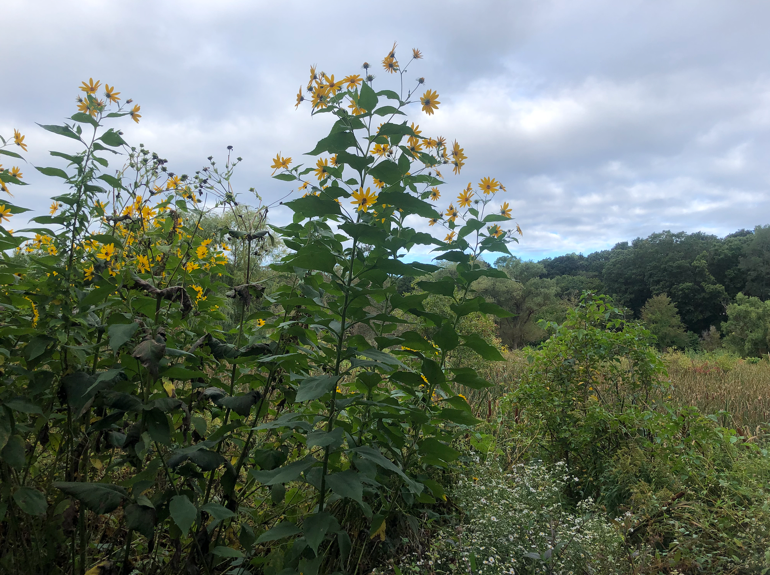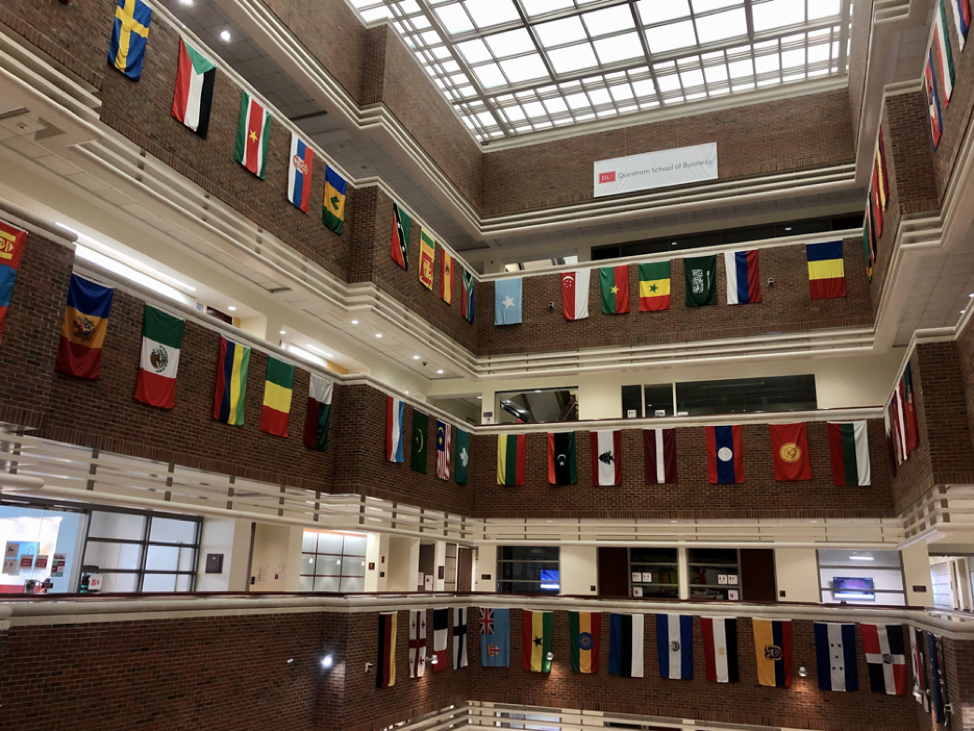Rebecca Sarkisian (Questrom’23)
If you ask KHC students what their favorite part of being a Kilachand student is, one of the most common responses you will hear is the Kilachand community. While the KHC community is built in many different ways, Kilachand specialty housing is often the first introduction.
All Kilachand first-year students live in Kilachand Hall. Living in Kilachand Hall is a really unique experience because first-year students typically live on floors occupied by other KHC students in their class year. This means that you see a lot of friendly and familiar faces from your KHC seminar and Studio classes.
The first floor of Kilachand Hall is home to Kilachand Commons, where many Kilachand community events and co-curriculars take place. It’s also where you’ll find the Kilachand offices with the Kilachand advisors (and also the much-loved coffee machine that is a staple of many KHC students’ mornings). I particularly loved having class in the seminar room on the first floor, which meant a really easy commute to class.
During my freshman year, when I wasn’t in class, you could typically find me in the ninth floor study spaces. The views from the ninth floor are some of the best that you can find at BU, especially during the fall. I also loved being able to meet with my classmates on the ninth floor to study or work on projects without having to leave the building.

Kilachand Hall is currently in the process of being renovated, which is scheduled to be completed in August 2023. A major aspect of the construction is the complete renovation of the ninth floor, which will certainly still have the same amazing views in an even more comfortable environment.
While not required to live in Kilachand specialty housing after their first year, many students choose to stay in Kilachand Hall or move to Kilachand House, a brownstone on Bay State Road. Many other students choose to move to other housing options on or off campus with other KHC students.
I opted to stay in Kilachand Hall for two additional years. I loved being able to study on the ninth floor, being in close proximity to Kilachand events taking place in Kilachand Commons, and living alongside other KHC students.
During the renovation on Kilachand Hall this year, there is a Kilachand Floor in the residence at 610 Beacon Street, which is where I have moved to for my final year at BU. Living in Kilachand specialty housing has really shaped my BU experience. It’s provided me with a smaller community feeling while also allowing me to benefit from all of the resources that a large research university like BU has to offer.



